
1. Bring a list. If you have poor impulse control, Costco is not the place for you.
2. That five-gallon econo-pak of Tabbouleh Salad will probably go bad unless you have your one-hundred closest Mediterranean friends over for a party THIS weekend. Throwing out food is a waste of money. You will only do this once. If you have any brains.
3. Go ahead and spend the extra $3 on the Charmin.
4. That 90-inch flat screen looks cool in the warehouse, but it will not fit on the living room wall of your studio apartment.

5. Keep your cart and yourself out of the middle of the dadgum aisle. The manner in which you have strategically positioned your cart shows me that you have no self-awareness.
6. What’s with the family conference in Aisle 12? It’s trail mix. It’s not complex.
7. Some of us are not like you. We haven’t made this our family fun outing. We want to get in and get out as quickly as possible. Please keep your brood under control.
8. A three-year supply of paper towels, Ziploc bags, cleaning supplies, Tide and Pentel pens are probably worth it, but it will still cost you about $300 at the register. A three-year supply of blueberries (or any food item) is not a good idea.

9. Products rotate in and rotate out. That particular brand of schoolhouse cookies you can’t find? Just let em go, man, they’re gone.
10. If you order a cake from the lady who barely speaks English, do not, I repeat, do not expect perfection.





















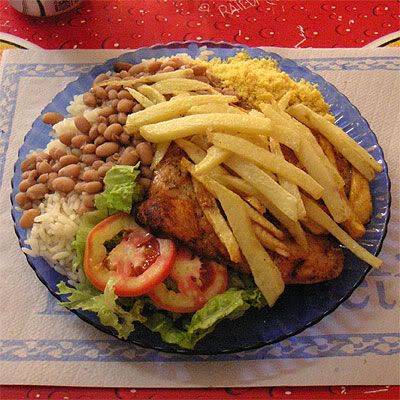
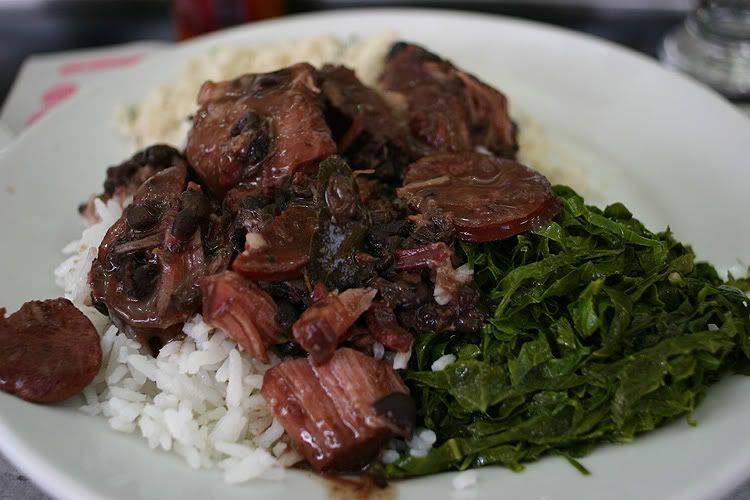
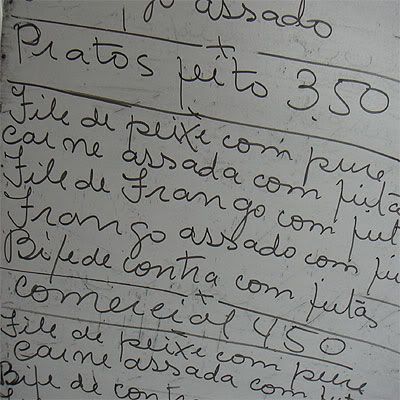
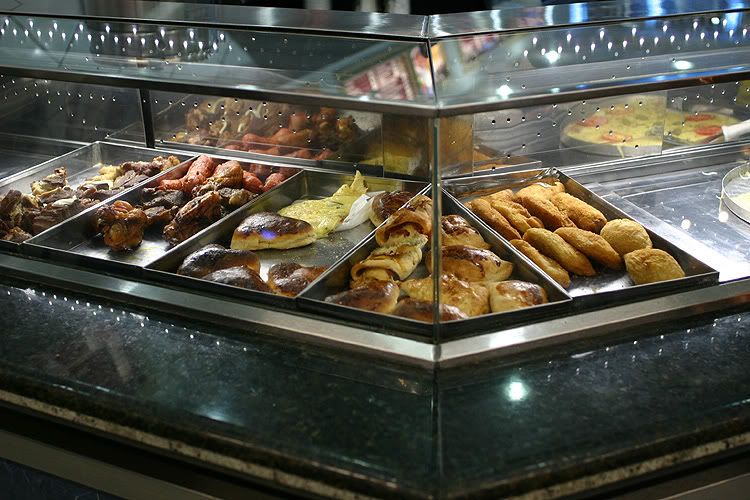
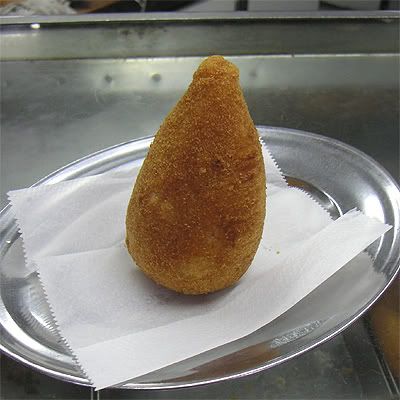
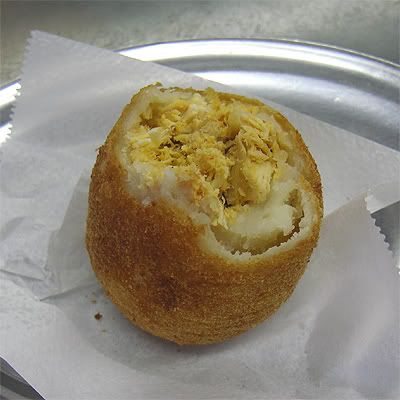

Recent Comments